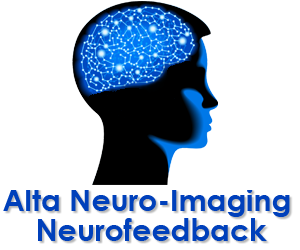The stereotype most of us have of ADD (or ADHD) is a boy, running around the classroom (or the house), disrupting the class, as well as his own learning. As with most stereotypes, this image does more harm than good, and in fact, causes more than half of the cases of ADD to be missed. There are three sub types of ADD; inattentive, hyperactive-impulsive, and the combined form.
The stereotype referred to above obviously does not include the quietly underachieving, underestimated (inattentive type) boy with ADD. What is even more of a problem is it leaves out girls entirely.
For years, it was believed that only boys suffered from ADD. However, a growing body of research -and a greater awareness on the part of parents, teachers and doctors – is finding that ADD is quite common among girls too.
Part of this shift in recognizing this disorder in girls is societal, and part is due to a growing appreciation of symptom manifestation differences. As our society has become more equal (less sexist) in terms of expectations for both boys and girls, under achievement in girls is, thankfully, becoming less acceptable. We now know that, individual differences aside, boys and girls possess equal capabilities for learning and performance in most categories. Therefore, the inattentive (unfortunately, sometimes referred to as “scatterbrained” or “flighty”) girl deserves just as much attention and help as her male counterpart, regardless of the subject matter.
The second part of the problem is symptom manifestation differences. Girls tend (not always) to manifest hyperactivity-impulsivity verbally. Excessive and inappropriate talking is often the female equivalent to a boy’s more physical hyperactivity-impulsivity. A secondary symptom of ADD can sometimes be depression. Girls with ADD can have a hard time reading social clues (boys too). They can be disliked because they are socially aggressive and disruptive. Inattentive girls become socially isolated. Girls tend to internalize performance, behavior, and social problems more readily than boys. Therefore, these problems easily become things that are “wrong” with them, and this often results in depression. Many girls with ADD are misdiagnosed with depression, and to make matters worse, the ADD goes untreated.
These unequal and unfair social misconceptions, and symptom differences tend to, unfortunately, cause under diagnosis among girls still today. However, the problem is being corrected as more parents and professionals shed the misleading stereotypes and evaluate the difficulties these girls are having. An equal opportunity for all the help we can give them is what they truly deserve.
One such method of treatment is neurofeedback, an effective, drug free, painless procedure in which the patient learns to retrain the attention mechanisms of the brain, alleviating the condition. Once training is completed, no further treatment is necessary.
To request information on the treatment of Attention Deficit Disorder (ADD, ADHD), Mild to Moderate Autism Spectrum Disorders, Sleep Disorders, Chronic Depression, Chronic Anxiety, and Peak Performance Training contact:
Website: www.ocbiofeedback.com



